














 Colin Chillag’s paintings at Modified Arts make you feel like you’ve seen them before, in an earlier life.
Colin Chillag’s paintings at Modified Arts make you feel like you’ve seen them before, in an earlier life.
The one of a grandmotherly woman holding a baby is eerily familiar, as is the one of the middle-aged couple standing in front of an elaborately decorated cake. We’ve all lived these domestic tableaux—or we’ve seen photos of people who lived them. In an age when we see more images made by some one else with a camera than with our own eyes, the distinction hardly matters.
Chillag derives his déjà vu-inducing images from snapshots he buys in thrift stores. He finds telling oddness in these decades-old, ho-hum photos from the discarded family albums of strangers. Chillag isn’t trying to depict individuals. You can’t see the faces of that grandma or baby clearly; Chillag paints them into a blur lost in bright highlights, as if their features have been blown out by a flashbulb. He doesn’t even paint the cake in that other aforementioned image, leaving it instead as a faint pencil sketch on a white canvas.
It’s in those blank spaces that Chillag works genius. There, you can feel the tedium of days on suburban cul-de-sacs where the sun always shines, where every day is alarmingly identical to the one that came before and the one that will come after. The vague parts of the image are the equivalent of an existential yawn, a visual yadda-yadda-yadda. Chillag skips the granny faces and the wedding cakes because you’ve seen grannies and cakes a million and two times before. He’s more interested in showing how the sameness and predictability that is inherent in middle-class life can breed boredome so immense that it feels like death.
It’s a powerful new body of work that cements Chillag’s spot as one of the Valley’s most gifted painters.
It’s also quite beautiful. Translated into paint, the faded Kodachrome colors of flesh and fabric take on a lush, hallucinatory intensity. Even though Chillag takes his images from photos that date to the 1960s and 1970s, his work feels fresh and relevant. Look at his painting of a woman in cat-eye glasses and you can feel the familiar terror of a life gone banal. Chillag applies paint as thickly as cake frosting in many pieces, shaping it into a swirling, tactile form that rages against the ordinariness of the form that contains it. The cloth of the house dress worn by an elderly woman in an untitled painting is alive with motion, as if the frumpy garment—or maybe the sould of the body it covers—was aboil with quiet desperation.
There is no sentimentality or irony in Chillag’s work. He isn’t dismissive of the banal lives he depicts in his paintings. He shows us the avocado green vinyl chairs and teased hairdos sans snarkiness. He even depicts parading Shriners without so much as an arch smirk. By avoiding the easy suburb-bashing clichés, Chillag reveals a profound reality. The ongoing dilemma of how to live in the land of tract homes, Rotary Clubs and in-laws overwhelms all hipster attempts to ridicule it.
Chillag, 34, was born in Syracuse, New York, and studied at the San Francisco Art Institute, according to Modified’s press release. Like most of his generation, he was pulled equally by the tides of low and high culture, taking his artistic inspirations from underground comics and Renaissance masters. He found his muse in the sun-washed strip malls, subdivisions and freeways of Phoenix, painting unpopulated cityscapes that possess the same empty clarity that make the portraits in the show at Modified Arts so resonant.
By Leanne Potts
Phoenix New Times
October 27 – November 2, 2005
Chillag mimics the impassivity of the cameras that dominate and anesthetize our culture. In doing so, he reveals an essential reality: To cope with the onslaught of visual information, we edit out the unimportant details of everything we see. We see so much that we have stopped noticing, in self-defense. This means we don’t look too closely at our mother’s face because it looks so much like the faces of all the mothers we’ve seen on TV commercials or in the movies.
Sometimes Chillag apes this reflex and leaves out the details. Other times he makes us see what we don’t notice by painting, matter-of-factly, the stuff we unconsciously edit out. His untitled painting of an elderly man portrays the lines in his bifocal glasses, the age spot on his forehead, the tuft of hair in his ear. Life is unbelievably complex, and the proof is that when you freeze any part of it and look closely, you are stunned.


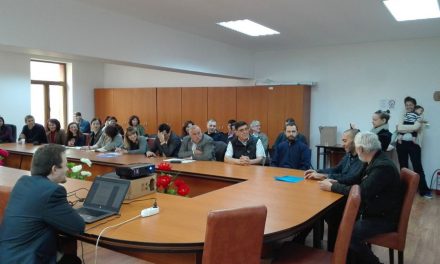
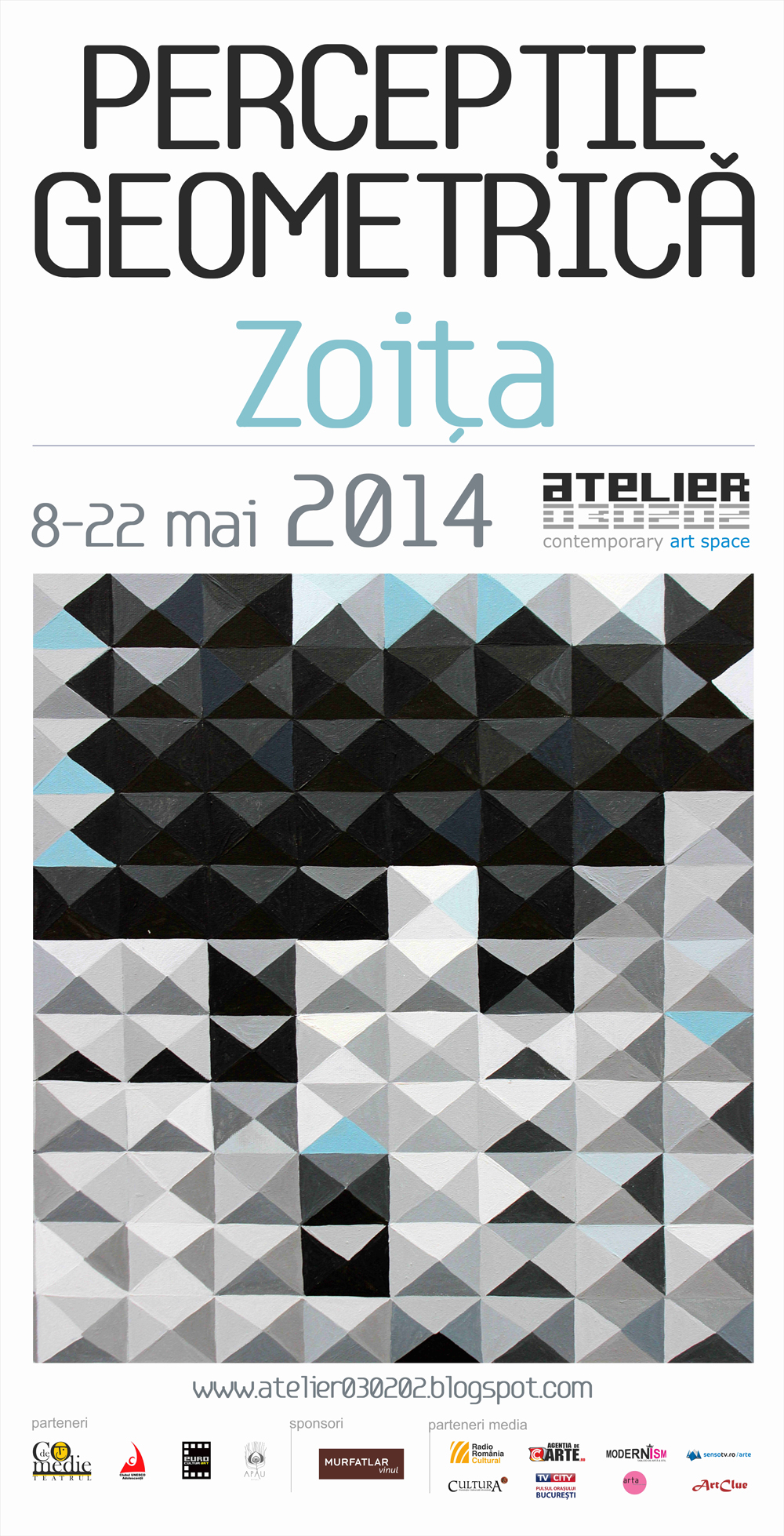
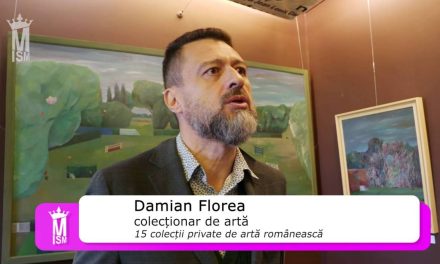




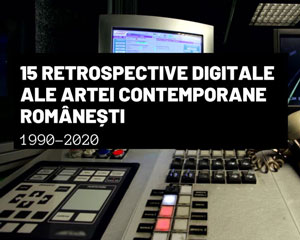

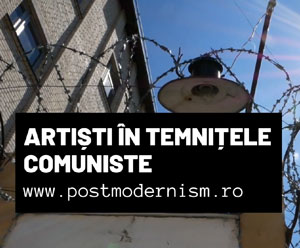


Recent Comments